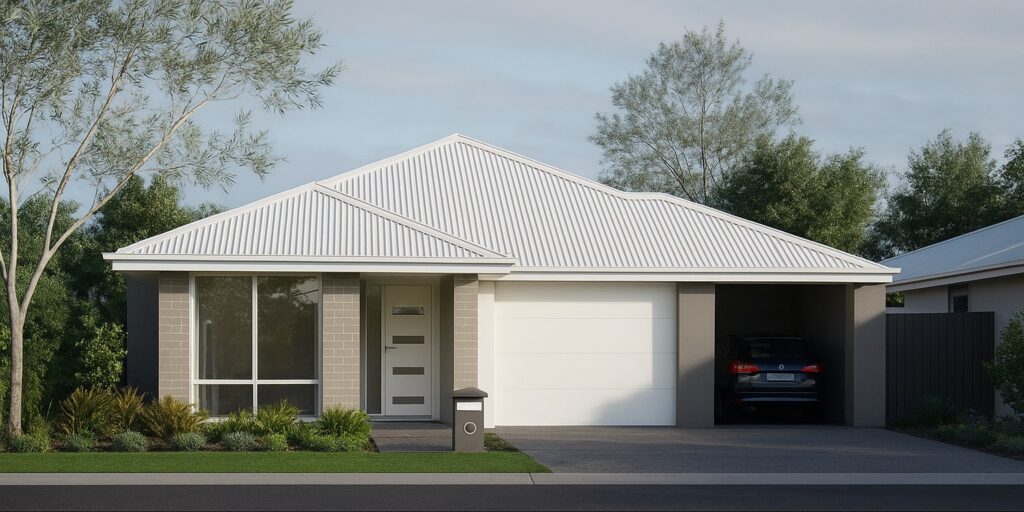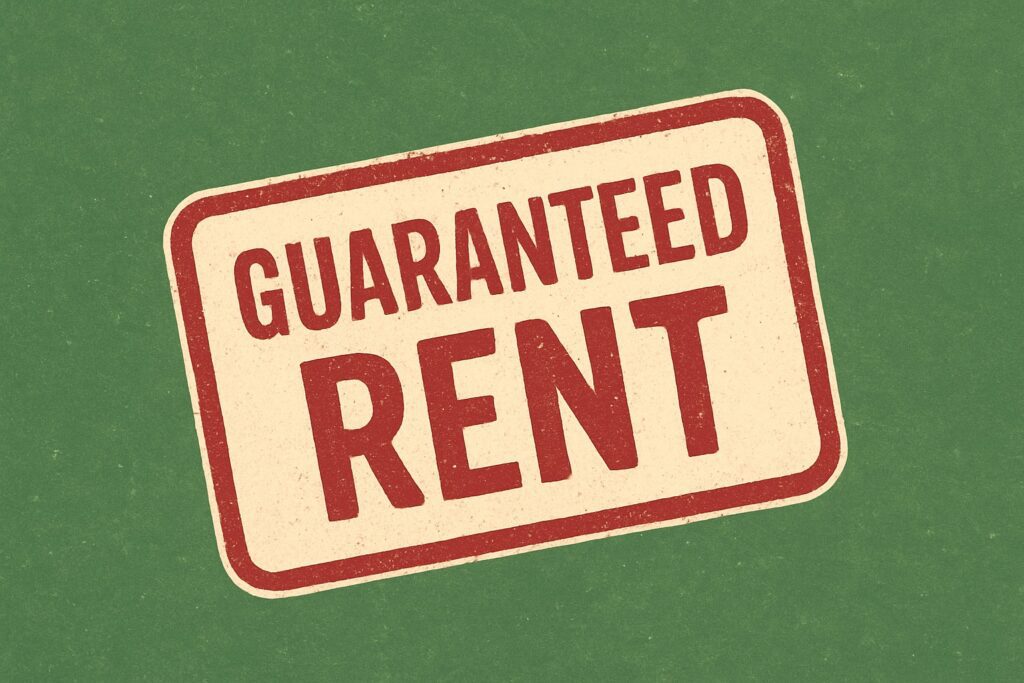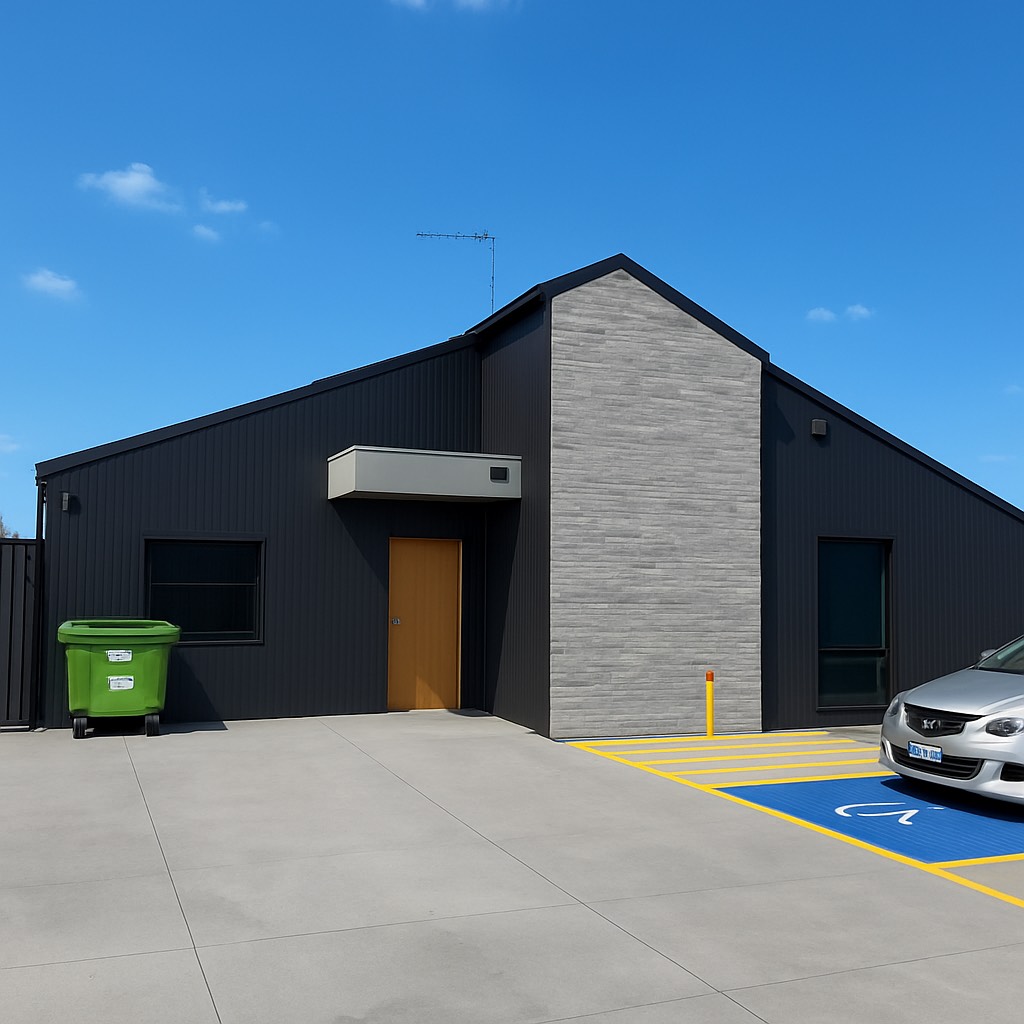
When it comes to property investment, knockdown rebuild (KDR) projects offer key advantages over Greenfield developments, particularly in location, demand, and rental yield. While Greenfield estates may seem attractive due to lower entry costs, they often lack the scarcity, convenience, and premium appeal that make KDR developments highly profitable and resilient investments.
The cost of demolition and site preparation typically ranges from $17,000 to $40,000 depending on the circumstances. A relatively small addition to the overall project. When you add to the equation that the land is already established, and you avoid the significant cost of developing raw land it becomes clear that the gap may be smaller than many think.
1. Prime Locations Drive Long-Term Success
One of the biggest advantages of a knockdown rebuild is the ability to secure a high-value location. Established suburbs offer proximity to employment hubs, transport, and amenities, making them far more attractive to tenants and buyers compared to outer Greenfield estates.
For high-yielding investment properties like NDIS housing and co-living accommodation, location is everything. A property in a premium suburb will always have more stable demand, higher rental yields, and stronger capital growth than a new build in an oversupplied fringe area.
2. Why Location is Critical for Nine-Bedroom Co-Living Investments
The viability of a nine-bedroom co-living home is entirely dependent on location. In high-demand areas, co-living offers a unique advantage—residents can access premium suburbs at a lower price than renting an entire unit or house.
However, a nine-bedroom co-living home in a low-demand area makes no sense. In cheaper locations, tenants already have affordable options, so there’s no demand for large-scale co-living. While smaller co-living properties (e.g., five-bedroom homes) may work slightly further from city centres, larger-scale co-living requires high-amenity, high-rent locations to be viable.
3. NDIS Housing: High Yields & Exclusive Demand
A well-positioned NDIS property can generate up to $240,000 per year in rental income. If you secure a large enough block, you may even have the potential to build two NDIS homes, pushing the total rental income above $400,000+ annually.
This is where knockdown rebuild offers a major advantage. If you buy a large block with a rundown house in a premium area, you may be able to redevelop it into two NDIS homes, maximising both rental yield and capital appreciation.
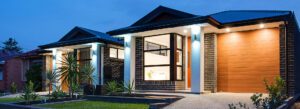
However, the biggest advantage isn’t just high yields—it’s securing tenants in the first place. High-end areas offer strong demand and almost no competition. Unlike Greenfield estates, where new SDA homes can saturate the market, premium suburbs have:
- Established infrastructure
- Strong transport links
- A built-in community
All major factors for NDIS participants selecting a home. Want to see the numbers? Try the NDIS calculator and compare yield projections based on location, tenant demand, and rental income potential.

4. Greenfield Properties Are Cheaper for a Reason
Some investors chase ‘bargains,’ assuming cheaper Greenfield estates are a smarter buy. But cheap doesn’t mean a bargain—it means lower quality and lower demand.
You don’t find high-quality properties in prime locations at a discount—you pay for location, and for good reason. Properties in desirable areas appreciate faster, rent easier, and provide stability, while cheaper fringe developments come with higher risk, limited tenant appeal, and uncertain long-term growth.
5. Future Growth Can’t Be Your Only Strategy
With high-yield investments like NDIS and co-living, returns are based on what tenants are willing to pay today, not in five or ten years. While Greenfield areas may eventually experience capital growth, they can’t match the immediate and sustained demand of an established suburb.
An investment that depends solely on long-term appreciation is a risky bet. Smart investors choose properties that deliver strong rental returns now and continue to appreciate over time—which is exactly why KDR often outperforms Greenfield in key areas.
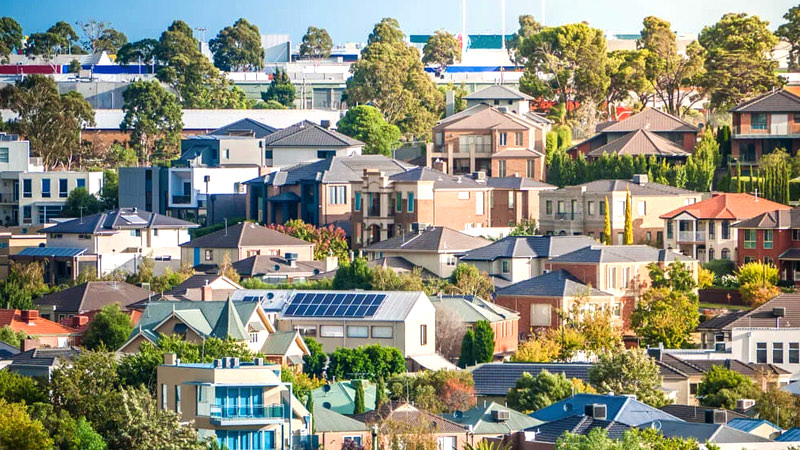
Final Thoughts: Why Knockdown Rebuild is a Stronger Strategy
For investors looking at NDIS or co-living, a knockdown rebuild in a premium location offers long-term stability, higher rental demand, and stronger yields than speculative Greenfield developments.
That said, Greenfield developments still have a place—particularly for investors with lower budgets or those developing co-living properties in well-connected second-ring suburbs. The key is understanding which strategy aligns with your goals and choosing a location that ensures strong rental demand and long-term growth potential.
Whether you’re considering a knockdown rebuild or a Greenfield development, location remains the most important factor for long-term success.
Written by Asle Kommedal,
Topstone Property Invest

